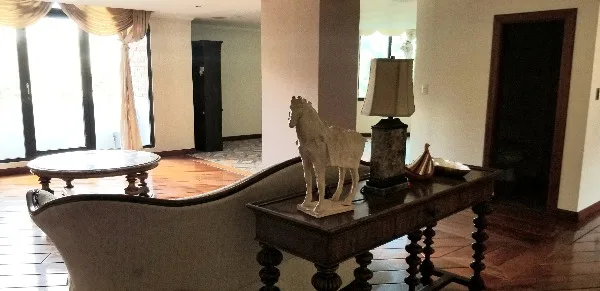Buildings don’t need to last forever — impermanence is part of life and sometimes it just makes practical sense

An eroding structure on the Ecuadorian coast.
By Fernando Pagés Ruiz
In the U.S., people are very focused on durability. If something lasts for a long, long time, it’s said to be sustainable by definition, because the environmental and economic impact gets amortized over the ages.
The Japanese have a different concept; this is why they build with paper.
Life is impermanent; nature allows for the death and renewal of annual flowers, the limited life of animals and people, and even the erosion of stone. A little impermanence can help make room for something better.
I cannot help think this way as I walk up and down the beach near our place in La Diablica, along the Ecuadorian coast.
As I walk, I see the old industrial buildings, from days when shrimp labs lined the coastline, and I am glad the industrialists of yesteryear cheaped-out and built their ugly, industrial yards with beach-sand concrete, and block.
The sea salt disintegrates the structures — even the steel reinforcement — which almost magically fade over time. Like sand castles in the wind. Becoming in essence, biodegradable concrete.
Not everything should be built for the ages.
_________________





















